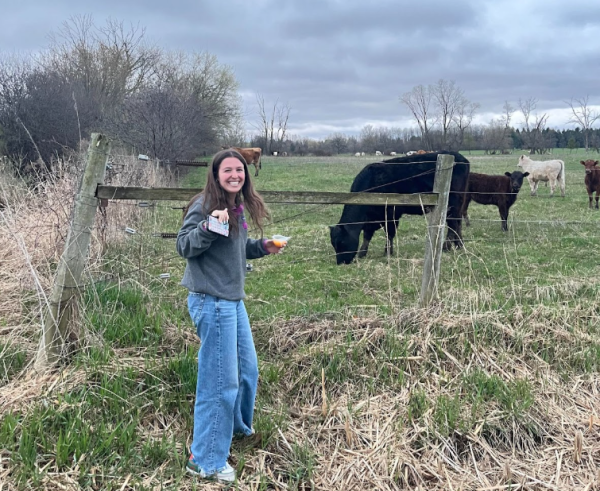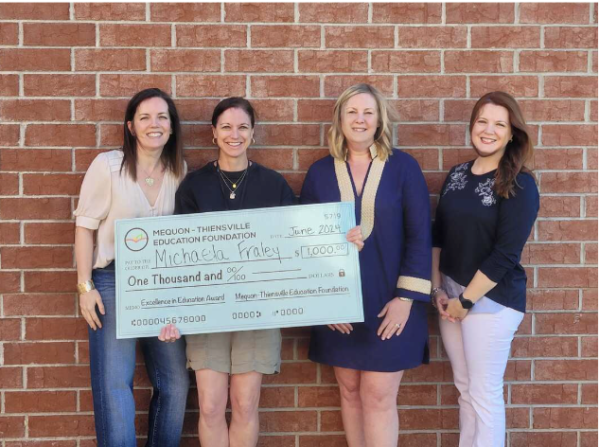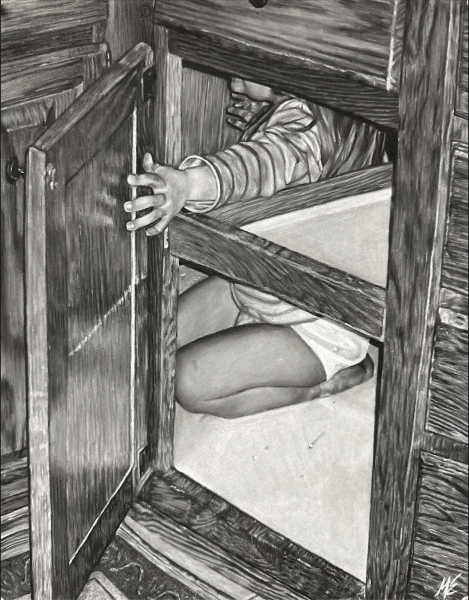43 lives in 10 years: The impact of fostering
Fostering children leaves a life long impact on both the children and the families.
According to the United States Child Welfare System, in 2017 there were approximately over 440,000 children in the foster care system. Foster care is known as a temporary service provided by States for children who cannot live with their families. Certain situations call for the child to be placed with another family member or relative. Other cases require a non related foster parent to step in. In Wisconsin, there are almost 7,000 children in the system.
Kids can be placed in and out of homes up until they are almost 21 years old. Coming from the foster system leaves kids with numerous disadvantages. Statistically, less than 3% will graduate from college, and only 25% will receive a high school diploma. This impacts them later in life when only 50% will be employed and 20% will end up incarcerated.
The Wisconsin Department of Children and Families describes foster parents as playing a critical role in the lives of foster children. Most foster children have been taken from their homes due to neglect, abuse or their parents have been incarcerated. Becoming a foster parent requires adults to be over 21 and have a clean criminal history. They have to go through training courses and be equipped to deal with the needs of various children. Parents will receive a uniform foster care rate which is, “a non-taxable reimbursement given to foster parents to pay for the cost of caring for a foster child.”
Mr. Christopher Gaebel, English teacher, has been a foster parent for 10 years. He and his wife have cared for about 43 children and adopted two of their three children from foster care. Gaebel explained the first time he became a foster parent happened quicker than he expected. “It is not nearly as long as you would think because of the dire need, especially in this area, it can get fast tracked,” Gaebel said.
The need for foster parents is an ongoing issue in the United States, as more children are displaced from unsuitable homes. The rate of foster children in the system had been going down until it hit a spike in 2013. Gaebel illustrated his personal experience with this when he explained the influx of foster kids they received six to seven years ago. He also explains this was around the time when smokable heroin hit Wisconsin.
In Gaebel’s case, his family contacted social services, and they expressed an interest in becoming foster parents. The director of Ozaukee County came to their house for an interview, and they were required to fill out paperwork for a background check. They also needed to have a home study. To obtain a license, he and his wife submitted their background checks, many personal questionnaires and recommendations from friends and family.
Each of his kids he fostered for four to five years before legally adopting. All of his adoptions are open adoptions, which means that his children still have contact with their biological parents.
Gaebel reacted honestly to the disheartening statistics of foster kids by saying, “The statistics are real.” His experiences have definitely been more positive than what the numbers suggest, but this is because his family has a strong focus on education. “We do spend a lot of time focusing on school with the kids. But we have also had kids who have been in prison,” Gaebel said. One of the children they fostered will graduate from college this year with a degree in social services.
Keeping in contact with past foster children can sometimes be difficult. Gaebel and his family like to keep in contact when they can, but sometimes the children are unable to maintain that relationship for many reasons.
Although the process can seem lengthy, Gaebel explained how rewarding it is. “Working with kids, especially in long term placements, you get to see kids grow and blossom,” Gaebel said.

Hannah Kennedy is a senior at Homestead and serves as editor in chief of Highlander Publications. She is going to study journalism in college at the University...





